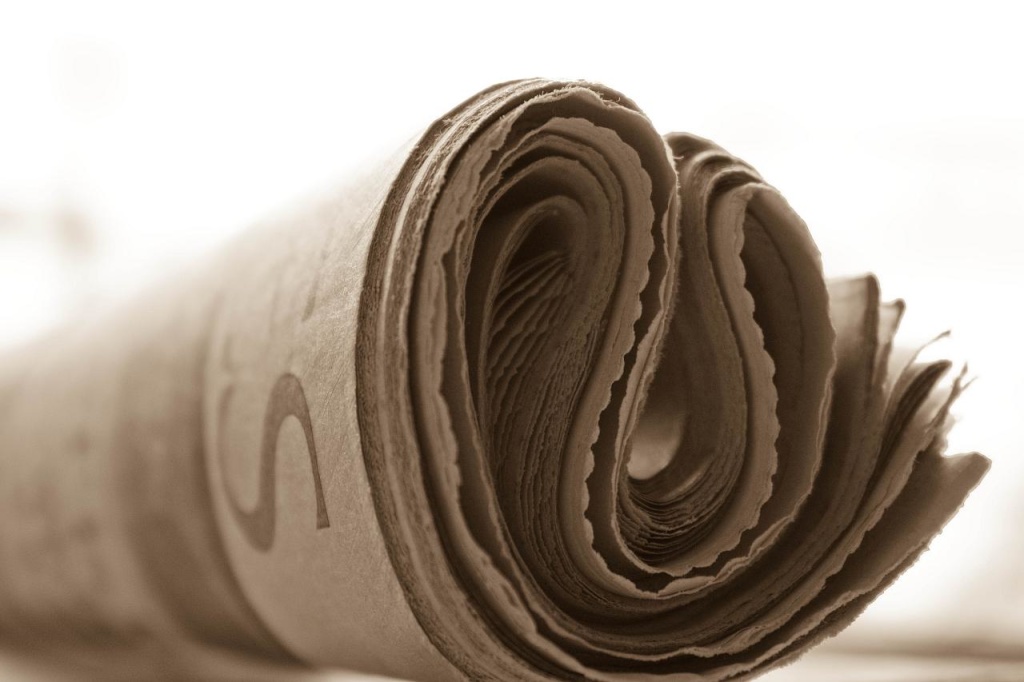Here’s what’s the scoop for this week, October 2015 wine news.
Records show that after he was defeated in the Battle of Waterloo and imprisoned on the small island of St. Helena, Napoleon and his staff were allowed to receive an allocation of one bottle of Champagne and 10 bottles of Claret each day. (via Decanter)
California wine producers fight back against arsenic propaganda claims. As part of a class action lawsuit, public organizations declared wine a danger to health, citing levels of arsenic found in wine produced by California wineries such as Sutter Home and Treasury Wine Estates. Meanwhile, researchers at U.C. Davis refute the claim in a fact sheet published after the lawsuit was filed, citing the naturally occurring presence of arsenic in nature as the source. The Wine Institute describes the lawsuit as “without merit”according to Wines and Vines.
The Drinks Business reports that billionaire Bill Koch won his lawsuit against a wine dealer who sold him fake bottles of expensive and rare vintages from renowned French Châteaux.
Scientists in New Zealand and the U.K. found a way to explain the oft-talked-about but rarely understood notion of “terroir”, citing native microbes as the source for unique flavors in wine. The traditional understanding was that terroir is driven by a complex mixture of climate and soil, but it seems yeast has the single biggest impact. In a study published in Nature’s Scientific Reports, the team worked with six lots of sterilized Sauvignon Blanc juice, using a different native yeast strain with each batch. They analyzed the finished wines for concentrations of 39 different chemical compounds that impart various flavors and aromas during the fermentation process. They found levels of 29 compounds differed greatly depending on the yeast strain used, and produced notable differences in flavor. (via Wine Spectator)












